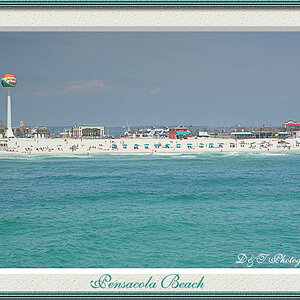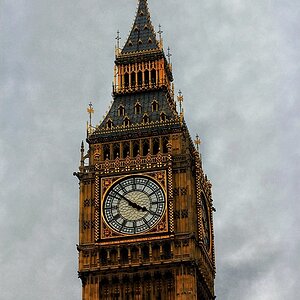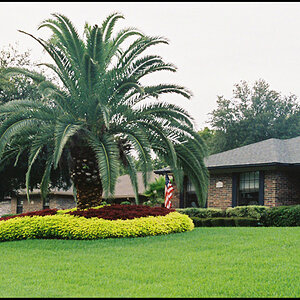hankejp
TPF Noob!
- Joined
- Aug 24, 2008
- Messages
- 608
- Reaction score
- 0
- Location
- Wausau, Wisconsin
- Can others edit my Photos
- Photos OK to edit
Just curious, why are primes with a 1 stop aperature more expensive that a non-prime with different f/stops. I would think it would be more.



![[No title]](/data/xfmg/thumbnail/42/42276-99df5da06c3e5dc83ae4bab11e935910.jpg?1619740085)




![[No title]](/data/xfmg/thumbnail/35/35872-12704b8c65e1c009d7089ccba367abb6.jpg?1619737198)




